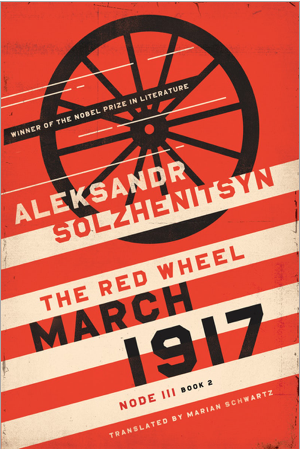Society Review of Between Two Millstones, Book 1
/In the December issue of Society (subscription required), Will Morrisey offers a thoughtful, thorough, and elegant review of Between Two Millstones, Book 1.
“By refusing most interviews (“Were they to ensnare me with glory?”), Solzhenitsyn meant no offense; nonetheless, what he intended only as “a literary defense mechanism” provoked media indignation. Under regimes of doctrinaire social egalitarianism, ‘celebrity’ bestowed by the princes of mass media takes the place of grace granted by God, its refusal anathematized as similarly sinful. He couldn’t avoid the censures, but at least he avoided “the danger of becoming a blatherer,” the temptation to issue statements on every passing ‘issue’ journalists threw at him. “Political passion is embedded deep within me, and yet it comes after literature, it ranks lower.” To put it in language even ‘we moderns’ understand, Solzhenitsyn was playing the long game—knowing that what ‘the media’ giveth ‘the media’ can take away.
Looking back on the situation from the vantage point of 1978, when he wrote Between Two Millstones, Solzhenitsyn remained grateful to the Russian novelist and fellow émigré Anatoli Kuznetsov, who likened a writer coming to the free West from the tyrannical East to a diver suffering from the bends, “coming from a high to a low pressure zone where one ran the risk of bursting.” “How right he was!” Above all, he knew, he must “continue working steeped in silence, not allowing the flame of writing to expire, not letting myself be torn to pieces, but to remain myself.” Awriter’s discipline, but also a man’s, and a citizen’s: “It was so difficult to get used to the full freedom of life and to learn the golden rule of all freedom: to use it as little as possible.””




